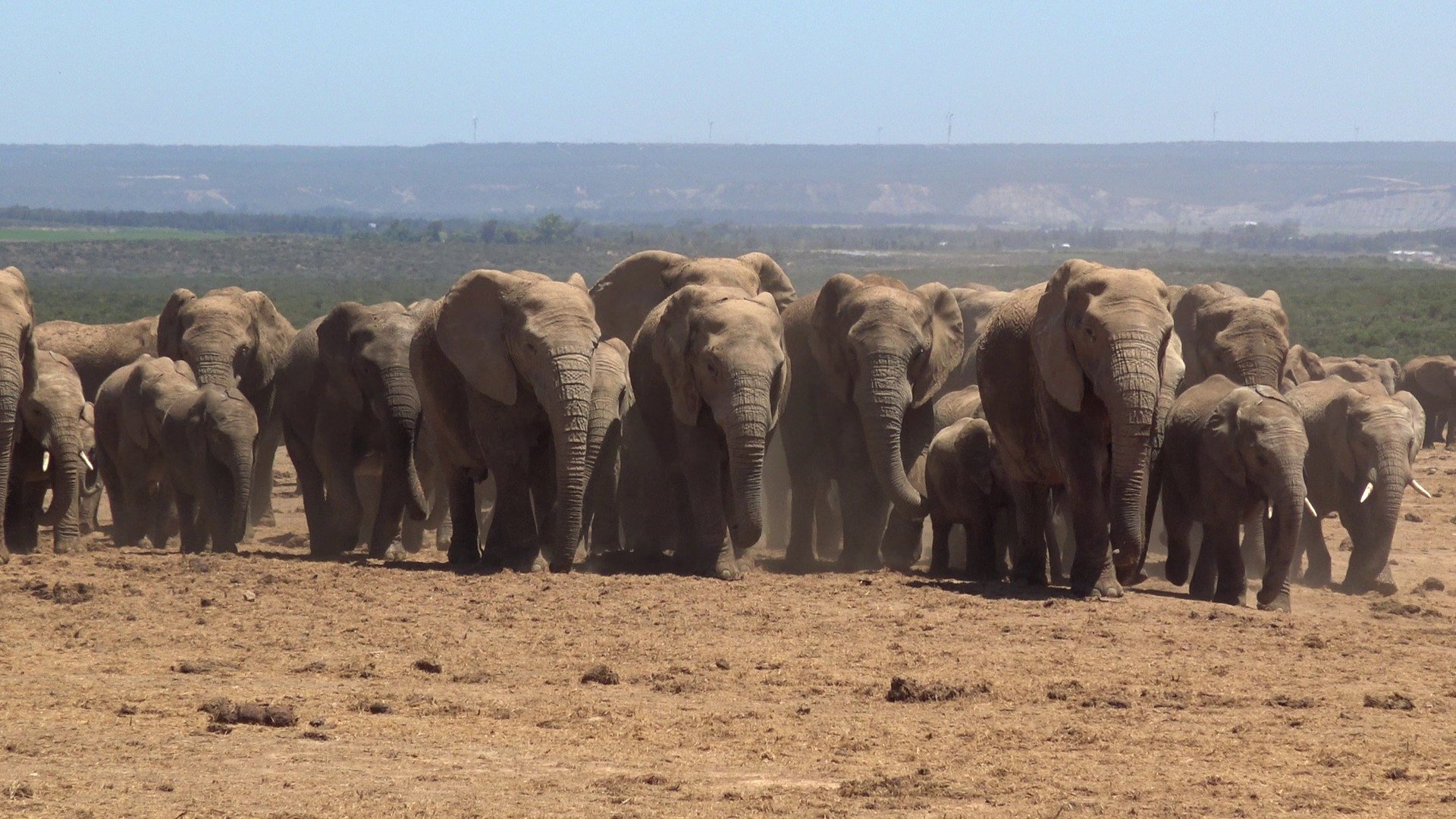Elephant Communication
A special issue of Animals (ISSN 2076-2615). This special issue belongs to the section "Wildlife".
Deadline for manuscript submissions: closed (31 January 2022) | Viewed by 48617
Special Issue Editors
Interests: vocal communication; animal behavior; social learning; cognition
Special Issue Information
Dear Colleagues,
The living elephants are divided into three species within two genera, the African savannah (Loxodonta africana) and forest elephant (L. cyclotis) and the Asian elephant (Elephas maximus). Although living in substantially different habitats, they are all extremely social and cooperative, and intra-specific communication is highly developed. All social contacts are influenced by gestural, olfactory, tactile, vocal, and, potentially, seismic signals.
Elephants are distinct in various aspects. The proboscis, a muscular hydrostat and multifunctional organ, is multimodally used in social and reproductive events. Elephants have the most scent-capturing genes of any animal, and research has so far only scratched the surface of their world of olfaction. In the vocal domain, elephants are special due to their capacity for vocal production learning, a rare trait in non-human mammals. Elephants are long-lived, large brained, and cognitive animals, but we still know very little about how learning (i.e., social learning) affects elephant behavior in general.
Most research papers have focused on a single modality (e.g., sound or olfaction), but a more holistic approach is needed. This Special Issue aims to gather, in one publication, the most recent advances on elephant communication and social behavior. We welcome original papers, reviews, or case studies on Loxodonta spp. and Elephas maximus that reveal key characteristics of the species and genera. This Special Issue also hopes to stimulate discussion and collaboration among specialists and to establish ideas for further experimental research in order to assess the cognitive mechanisms underlying elephant communication and social behavior.

Dr. Angela S. Stoeger
Dr. Anton Baotic
Guest Editors
Manuscript Submission Information
Manuscripts should be submitted online at www.mdpi.com by registering and logging in to this website. Once you are registered, click here to go to the submission form. Manuscripts can be submitted until the deadline. All submissions that pass pre-check are peer-reviewed. Accepted papers will be published continuously in the journal (as soon as accepted) and will be listed together on the special issue website. Research articles, review articles as well as short communications are invited. For planned papers, a title and short abstract (about 100 words) can be sent to the Editorial Office for announcement on this website.
Submitted manuscripts should not have been published previously, nor be under consideration for publication elsewhere (except conference proceedings papers). All manuscripts are thoroughly refereed through a single-blind peer-review process. A guide for authors and other relevant information for submission of manuscripts is available on the Instructions for Authors page. Animals is an international peer-reviewed open access semimonthly journal published by MDPI.
Please visit the Instructions for Authors page before submitting a manuscript. The Article Processing Charge (APC) for publication in this open access journal is 2400 CHF (Swiss Francs). Submitted papers should be well formatted and use good English. Authors may use MDPI's English editing service prior to publication or during author revisions.
Keywords
- Elephants
- communication
- social behavior






